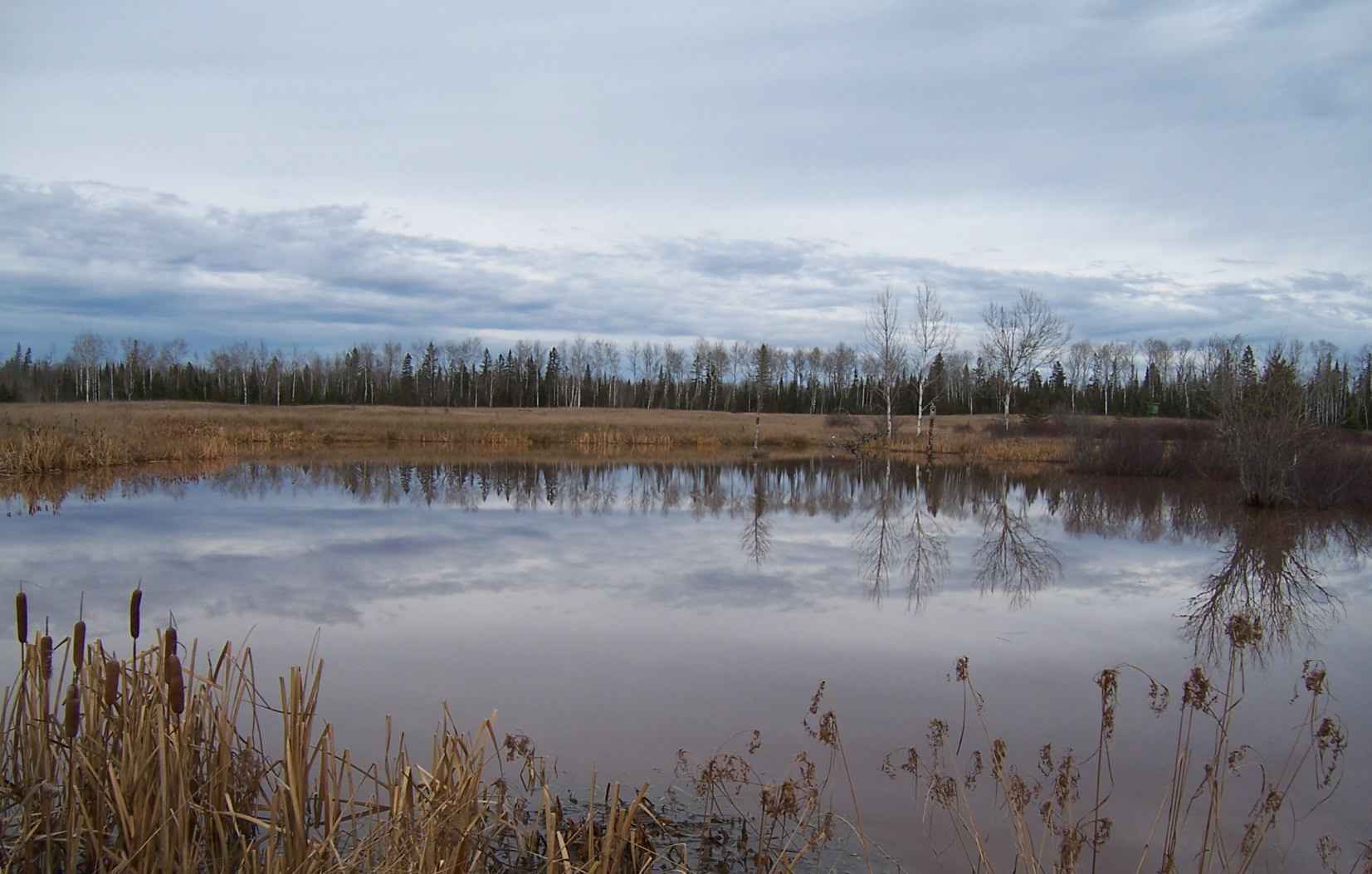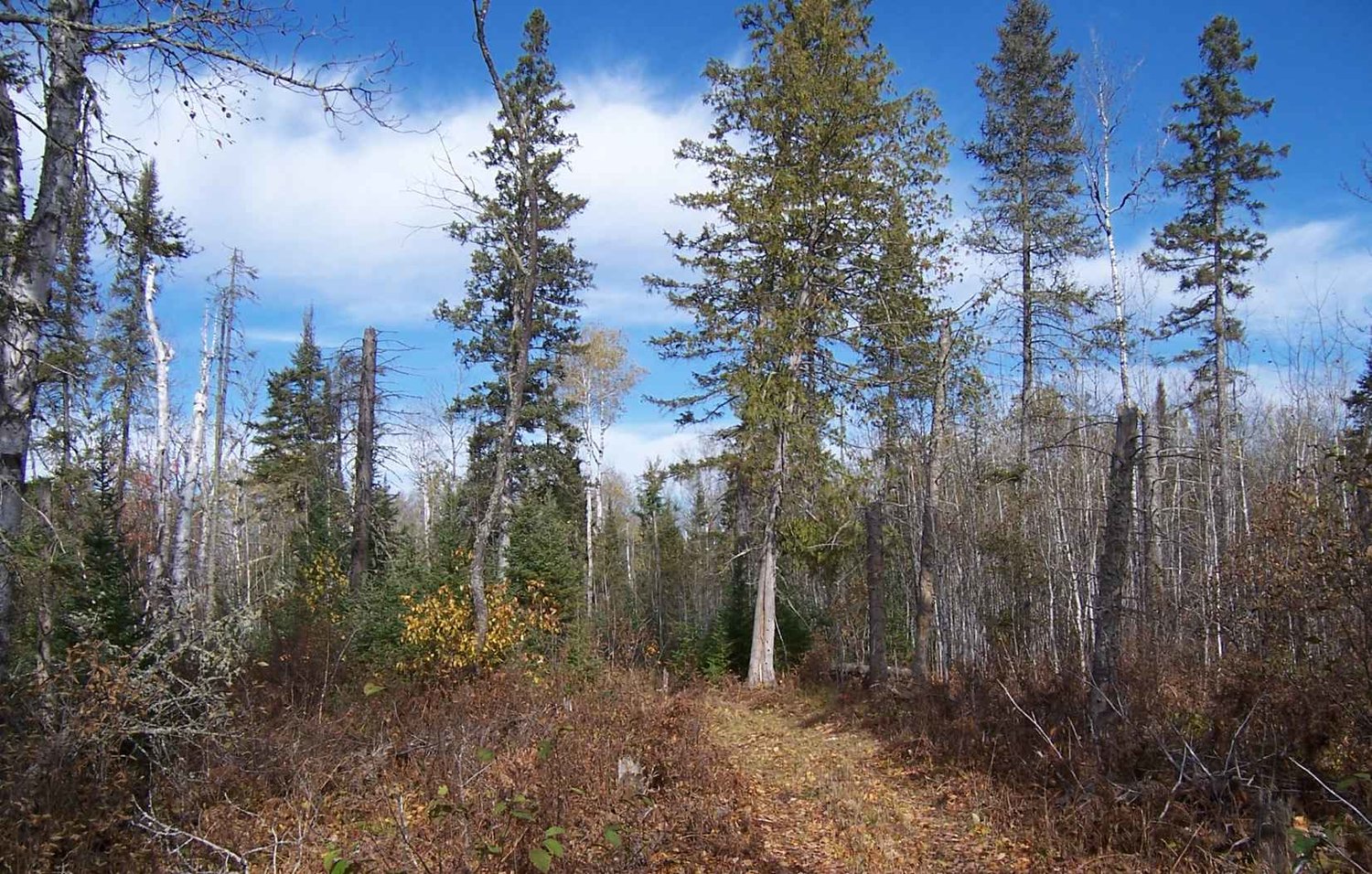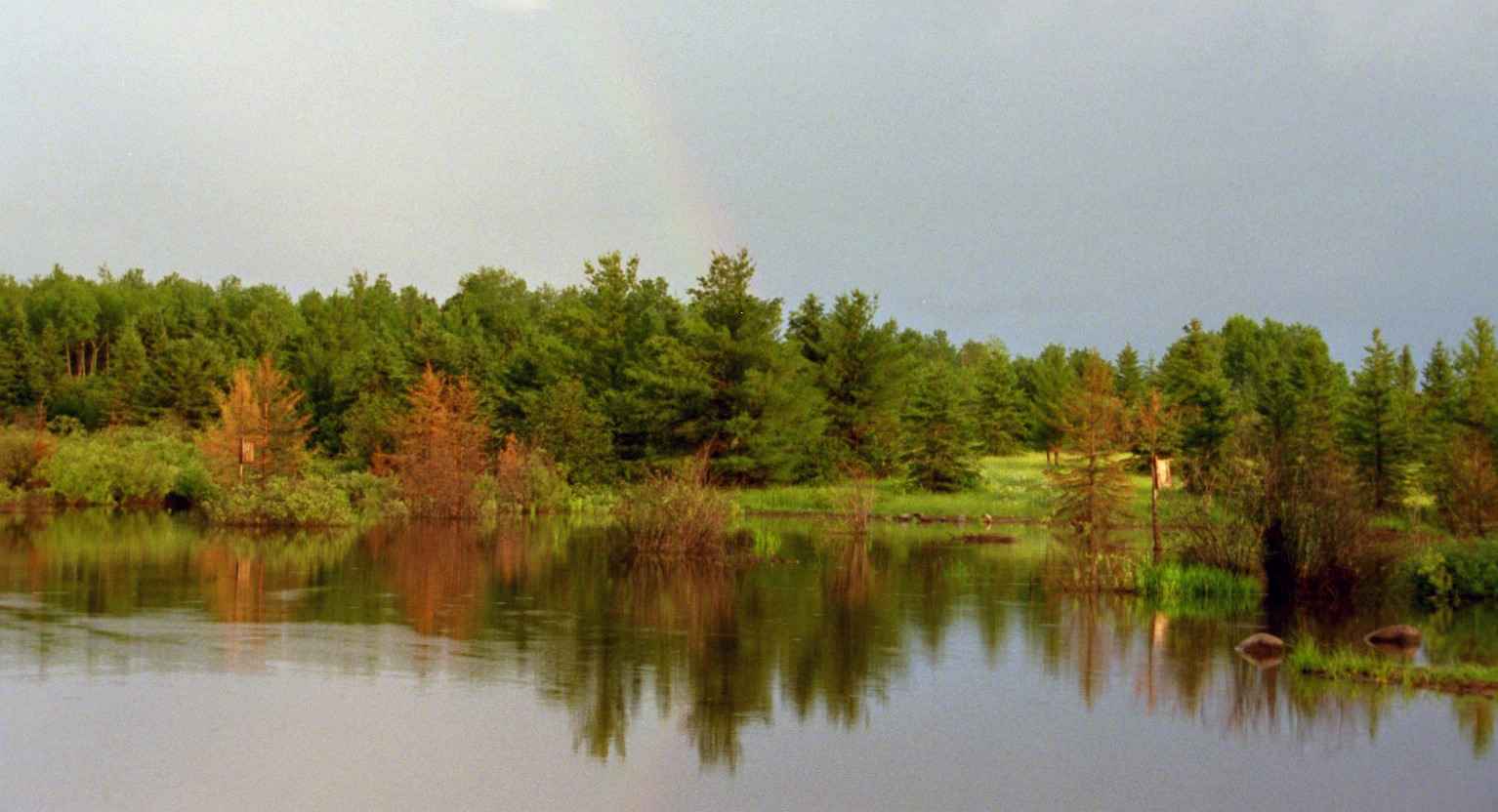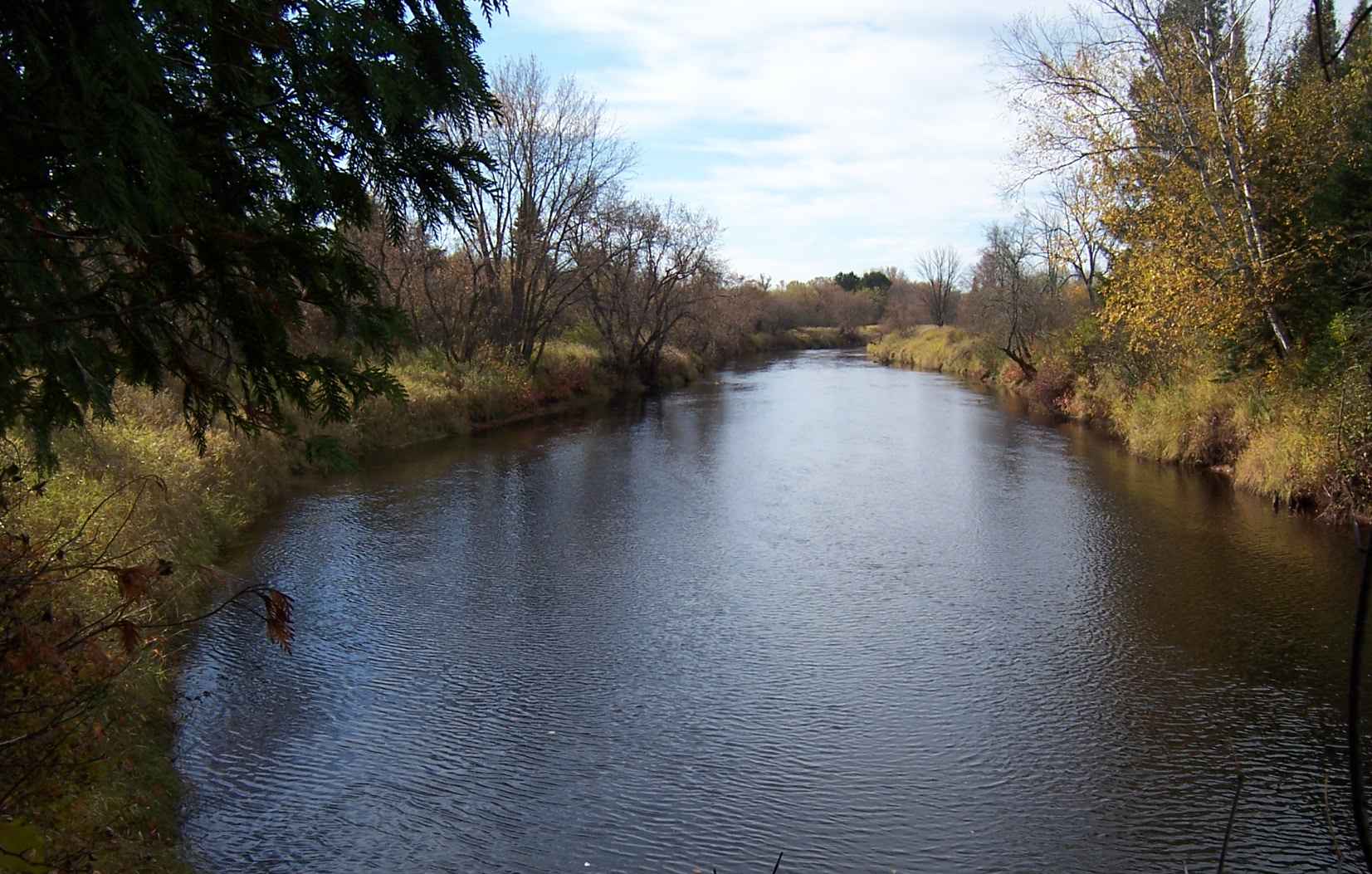What Does the Future Hold for Your Land?
Guest feature by Nancy Warren
During the thirteen years Al and I lived in Holly, Michigan, we watched the surrounding open lands vanish as houses popped up like mushrooms. A plotted subdivision, named for the family who sold the land, has replaced the hundreds of acres of corn across from our century-old farmhouse. This field once served as an important fueling stop for thousands of sandhillcranes during their fall migration. Whatever became of the cranes I enjoyed? I wonder.
The rural charm that had attracted us to Holly began to disappear. Holly, a quaint town sandwiched between Flint and Pontiac had become a magnet for land developers hungry to make a dollar and little was stopping them. Across the nation an estimated 6,000 acres of open space are lost each day; a rate of 4 acres per minute and Holly was doing its part. We decided to look north and began purchasing land in the Upper Peninsula with the hope of retiring there some day.
That dream became a reality in 1995, sooner than we planned, when I was given the opportunity to transfer with my job. We now own 280 acres of land along the South Branch of the Ontonagon River, a river Al has canoed and enjoyed since the early seventies. Al had fought for its protection in 1990 when he testified before the House Interior and Insular Affairs Subcommittee asking that the river be included in the Wild and Scenic River System.
I always had an interest in wildlife, though growing up in New York City it was more common to watch rats scampering among the pilings in the harbor, than to see a rabbit. The primary goals for our U.P. property were to minimize our footprint, protect the river corridor and manage the land to enhance wildlife habitat.
In 2005, 23 acres of our property was restored to wetlands under the USDA’s Natural Resources Conservation Service Wetlands Reserve Program. In exchange for the restoration project, we placed a total of 40 acres under a perpetual conservation easement, insuring that this parcel will remain a haven for waterfowl, marsh birds and amphibians forever. Seemingly overnight, an old hay field was transformed into a cacophony of chirps, cackles, wails and honks. Spring peepers, toads, bitterns, geese, ducks, warblers, redwing blackbirds, tree swallows each began proclaiming their new territories. Our new wetlands have become a place for us to find solitude and enjoy nature. It also serves as a refuge for turtles and an oasis for other wildlife, including deer, bear, bobcat, coyote and an occasional wolf.
As we settled into “middle-age”, we talked about our long-term vision for our property and what, if any, legacy we might leave. What will become of the land we love after we are gone? Throughout the years we have received and discarded many solicitations from developers eager to purchase river property and companies wishing to purchase a small parcel for a communications tower. Will the next owners take the cash, subdivide and develop the land in the name of “progress”? These thoughts motivated us to take action. We contacted the Keweenaw Land Trust and decided to place our land under a conservation easement.
A conservation easement is a legal document, recorded with the County Register of Deeds, outlining both prohibited and allowed uses in perpetuity regardless of who owns the land. For the rest of our lives we may retain ownership, or we may sell, bequeath or transfer the land. All future owners must abide by the terms of this easement, forever.
The activities allowed with a conservation easement depend on the landowner’s wishes. With our easement, 3 ½ acres have been designated as a building area with the fewest restrictions and allows for one residence along with outbuildings. The ½ mile of river frontage has the most stringent restrictions and will remain forever wild. Except for a trail that currently exists, there are no other permitted activities within a 200-foot buffer along the entire stretch of our river property. For the remaining lands, existing trails and hunting blinds can be maintained, logging and hunting are permitted and the land will continue to be managed for wildlife habitat. However, the land can never be sub-divided nor will there ever be activities associated with mining or a communications tower with annoying red lights blinking throughout the night.
Along with our goals for the property, a conservation easement carries with it both Federal and State tax advantages. Because our easement is perpetual and was donated exclusively for conservation purposes, the Internal Revenue Service allows for a tax deduction in an amount determined by the value of the conservation easement. In Wisconsin, local tax assessors must consider the effects of a conservation easement when assessing property. In Michigan, there may be additional property tax relief for future owners. Michigan’s Public Act 446 signed in 2006, eliminates the “pop up” property tax on the transfer of lands enrolled in a conservation easement.
We consider ourselves fortunate to live in an area surrounded by public lands. However, what occurs on private lands could affect the well being of many plant and animal species, water quality and the aesthetic beauty of our area. Many people are lulled into a false sense of security trusting that good zoning will protect their land. But, time and time again, we have witnessed zoning changed to accommodate small lots, with little regard for our natural resources. An effective way to insure your land will be protected for future generations is to place it under a perpetual conservation easement.
Now that is a Legacy!



